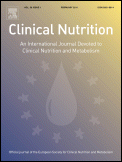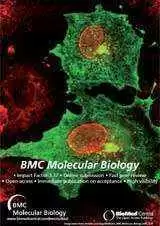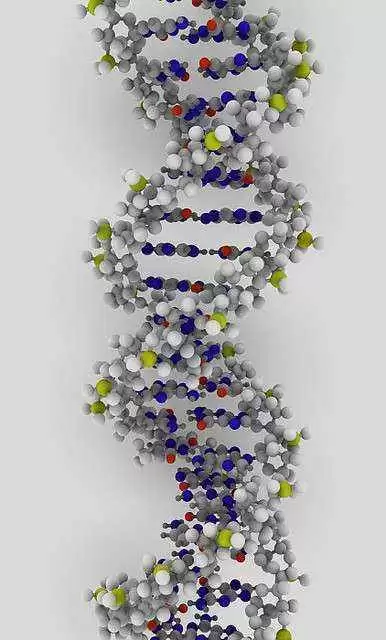
Celiac.com 04/13/2011 - When people with celiac disease consume gluten, their intraepithelial lymphocytes (IELs) wreak havoc in their guts by promoting inflammation and attacking the epithelial cells lining the intestines. This autoimmune activity is mediated by arachidonic acid (AA), a cytokine produced by the IELs. But there is data that the enterocytes "the very intestinal epithelial cells attacked by the IELs" can also produce and secrete AA in response to inflammation. Do they do so in celiac disease?
A recent study reported in Clinical Nutrition set out to determine just that. Using Caco-2 cells, a human intestinal epithelial cell line commonly used as an in vitro model of celiac disease, Vincentini et al. are the first to find that when these enterocytes were exposed to gliadin peptides, they did in fact generate and release arachidonic acid.
Celiac.com Sponsor (A12):
Docosahexaenoic acid (DHA) is a long chain polyunsaturated fatty acid that counteracts many of the inflammatory effects precipitated by AA. When Caco-2 cells were treated with gliadin peptides and DHA, they produced much less AA (although they still made more than untreated cells). Treatment with DHA also reduced the production of other molecules involved in inflammation that were increased by exposure to gliadin, including cyclooxygenase (COX)-2, prostaglandin E2 (PGE2), and interleukin (IL)-8. PGE2 is particularly interesting, as it can increase the intestinal paracellular permeability that has been suggested to be the initial event in the pathogenesis of celiac disease.
The authors suggest that by blocking the release of AA, DHA might be a tenable therapeutic option for modulating mucosal inflammation in newly diagnosed celiac patients.
Source:
- Open Original Shared Link







Recommended Comments